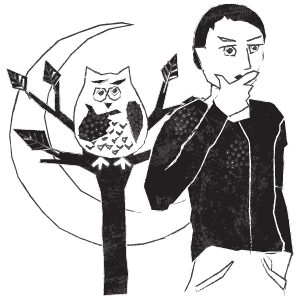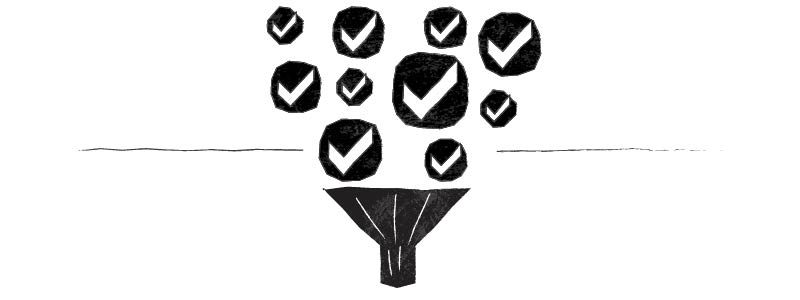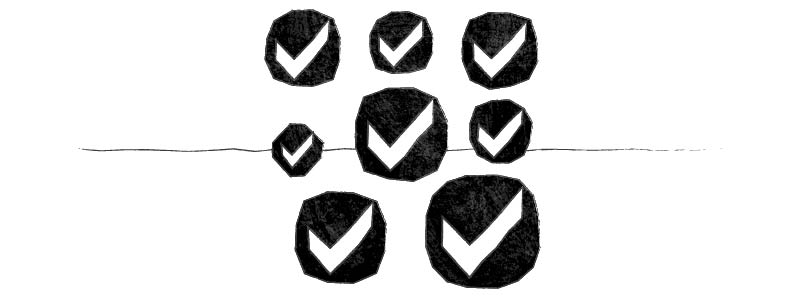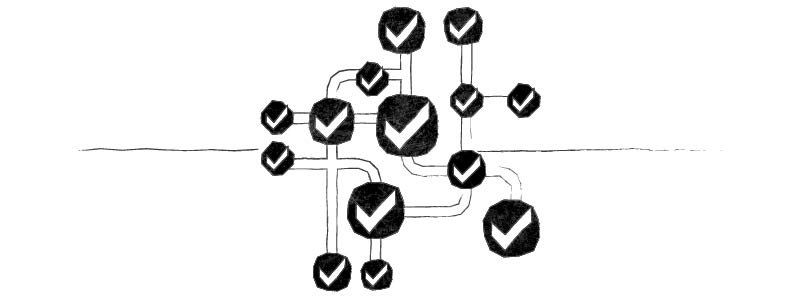
Welcome back to my pontifications! If you haven’t read any before (and you really should), I’m a wise, 23-year-old autistic grad student.
Since I’ve successfully completed my undergraduate studies, I’ve decided that makes me an authority on all things college-related, and I’ve decided to share my wisdom with you.
Today’s Bit of Wisdom is About Studying
Do you, perhaps, study by repeating facts endlessly until you get them right? Do you highlight passages in your textbooks? Do you treat studying as an exercise in trying to memorize a bunch of random bits of trivia? And do you have cramming sessions right before your exams?
If you answered “yes,” this post is for you.

That’s not how our brains work. For one thing, we don’t learn well by cramming. We learn best through distributed practice sessions. We call this the “spacing effect” or the “distributed practice effect,” and there’s a ton of research to back it up (Cepeda et al., 2006). It doesn’t take more time to study if you start early – you do the same amount of studying in the end – and you remember more. (For more on this, read my post about time management.)

Also, our brains don’t learn well through rote memorization of trivia. When we learn things, we remember how they are connected to other things. That means that we will retrieve a fact more easily if we remember how it is connected to other facts. Have you ever struggled to retrieve some fact from memory – something that you know you know, but can’t quite grasp? Do you know how, when you’re trying to remember, you keep thinking about related facts? That’s because you’re remembering those connections, trying to retrace them back to the fact you’re struggling to retrieve.
That means that learning bits of trivia is a bad idea. When you just have the one fact, isolated and alone, it’s harder to retrieve it.
Instead, You Want to Understand the Material
You want to understand why your instructor is teaching it, and how it all fits together. You want to be able to know that Fact A is related to Facts B and C and in what way, so you can trace back those connections. When you encounter each new fact, you want to understand how it fits into the bigger picture of the course.
That Means Using a Different Set of Strategies

Instead of memorizing facts, we want to understand connections.
Try using diagrams – concept maps, or whatever sort of graph works best for you. Or write little passages to summarize big ideas and identify major themes. Or try to think of concrete examples of how concepts can work in the real world. Compare theories. Ask yourself questions about your instructor’s intentions. Do whatever you can to develop an integrated, holistic understanding of how everything in the course fits together.
Also, quizzing yourself is always a good idea. Get somebody to ask you questions. And when you give your study partner the answer, don’t just give the facts, but try to explain the concepts. There’s some research showing that we learn better when we’re preparing to teach others (Nestojko et al., 2014), so don’t just test whether or not you know the facts: test whether you can teach the material.
Finally, remember to get sleep. I’m wise, so I understand that sleep is important.
Any comments?
Questions about specific strategies?
Do you have other strategies that work well?
References
Cepeda, N. J., Pashler, H., Vul, E., Wixted, J. T., & Rohrer, D. (2006). Distributed practice in verbal recall tasks: A review and quantitative synthesis. Psychological Bulletin, 132(3), 354-380. http://doi.org/10.1037/0033-2909.132.3.354
Nestojko, J. F., Bui, D. C., Kornell, N., & Bjork, E. L. (2014). Expecting to teach enhances learning and organization of knowledge in free recall of text passages. Memory and Cognition, 42(7), 1038-1048. http://doi.org/10.3758/s13421-014-0416-z




